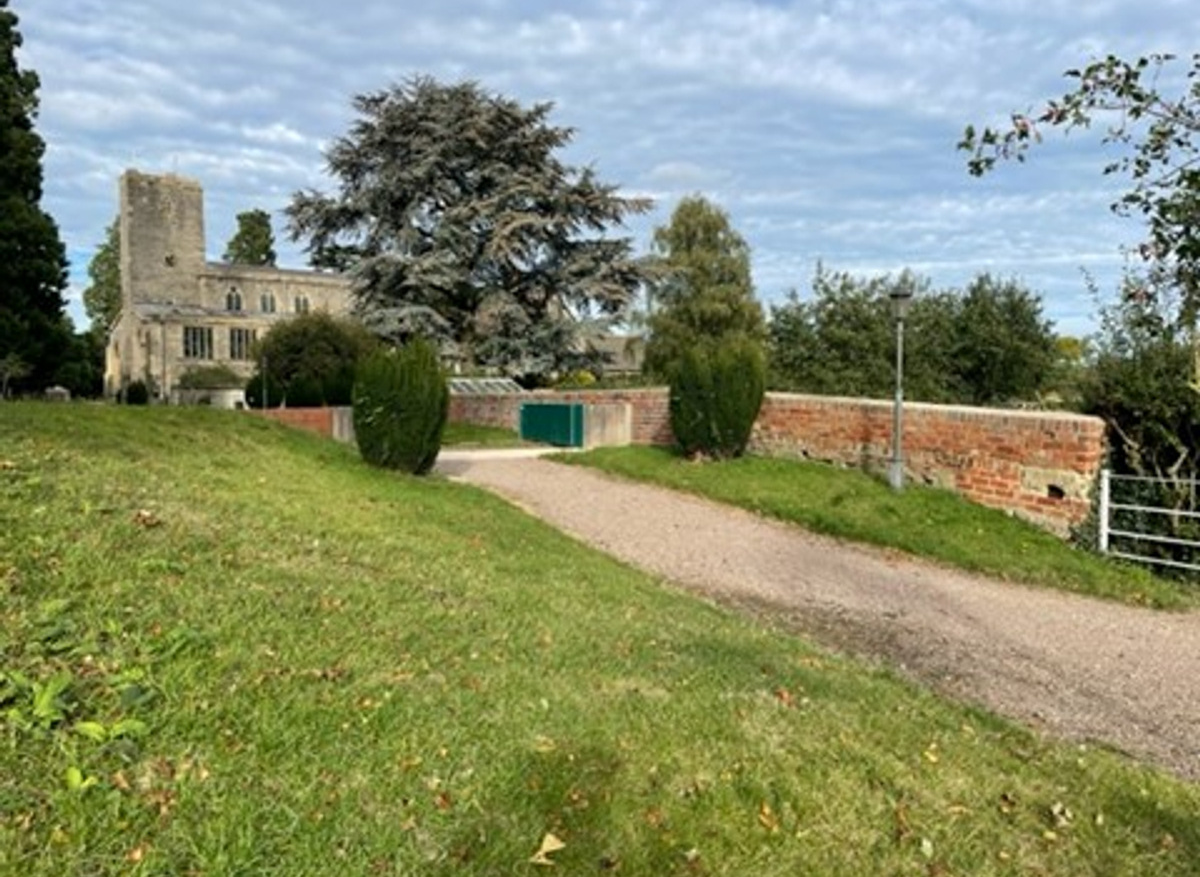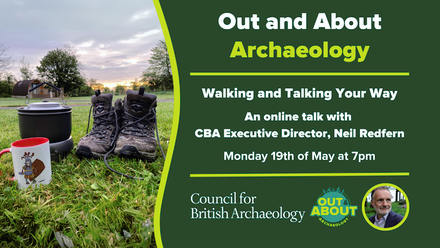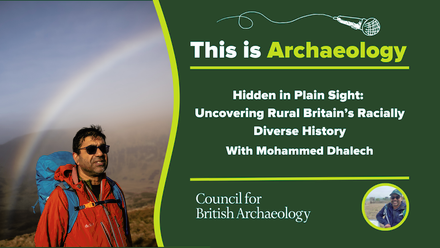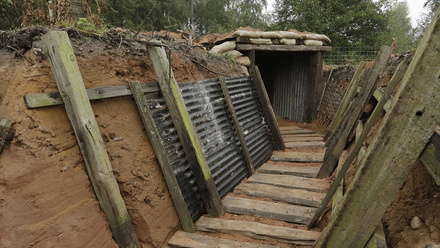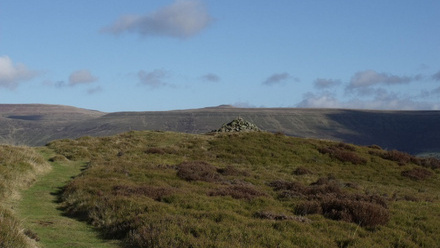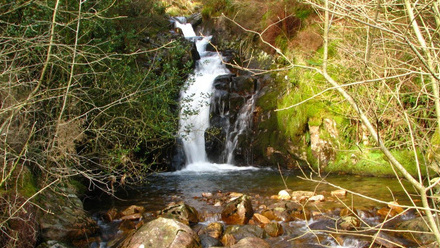Today I am preparing a presentation for managers in the Environment Agency. We have identified 1,798 legally protected heritage sites in our care. They include a huge variety of monuments and buildings. We have medieval mills, Anglo-Saxon cemeteries, prehistoric settlement sites, Roman forts and almost everything else..! The Environment Agency, almost by chance, look after a lot of old places. We own and maintain many of England’s flood defences; a vast array of engineered banks, flood walls, water storage basins and flood gates (indeed some of our flood defences may be heritage assets in their own right). But there are also a surprising number of historic places that we also look after, usually, because they form part of a flood defence, lie within a landscape that we look after as part of a natural flood storage area or just happen to be adjoined to something that helps us manage flood risk.
Every few years we are asked by the government to review how good a job we are doing at caring for these ‘heritage assets’. Do we have plans in place to regularly check up on their state of repair? Do our teams have access to the best heritage advice? When we are creating new flood defences have we thought about the impact on our known heritage sites (and the sites yet to be discovered)? But perhaps the most important question in my view is what the Environment Agency is doing to make sure that the wider community gets to learn from and enjoy them?
We know that we are looking after these sites so that they are there for future generations. Recently, however, this community engagement work has taken on a new focus; our climate is changing at an increasingly rapid rate but is there a role for our estate in the battle against climate change? Well I believe there is… Each of our sites has its own special story and because of the proximity of our land holdings to rivers, areas of historic flooding and sites of coastal erosion, many of the archaeological stories we hold are about human adaptation to climate change. A great example are the lengths of buried prehistoric trackway that we own on the Somerset Levels. They form part of our estate because they lie deeply buried beside Kings Sedgemoor Drain, an artificial channel that now forms part of Somerset’s complex drainage network. Parts of these linear routeways have been excavated in the recent past by archaeologists. We know from scientific dating that they were created about 5,000 years ago, typically by pegging planks of wood or hurdle panels onto the marshy surface to create a solid dry footpath. These paths linked the neighbouring areas of higher ground, the islands in the marsh, where people lived. The ancient marshland has now turned to a thick blanket of buried peat preserving the timber track, the tools that were ritually placed in the wet pools that it bridged and the remnants of vegetation and pollen that grew in this particular corner of Somerset in the Neolithic period. Year by year, layer by layer this organic plant material has built up to create a record, a page-by-page story of the plants, and by inference the climate as it has changed over millennia.
It’s this environmental information that provides the context for today’s climate crisis. It also illustrates the steps that communities in the past had to take to adapt. Our heritage estate is everywhere and it allows the Environment Agency to talk to local communities both about the story of their place and the way that past communities have adapted to changing environmental conditions – it gives conversations about the local risk of flooding, erosion and the link between carbon emissions and climate change genuine local resonance. The link between local people and their environment is far more recognisable when we can see the evidence, the story in our own backyard. This link, the part that heritage can play in helping local communities learn from and value the place that they live in, is recognised by the United Nations in their Sustainable Development Goals. The Environment Agency will continue to reflect on our role as custodians of the nation’s story. The opportunity however for that story to help the Environment Agency work with local communities as we adapt to climate change is going to be increasingly significant; as an archaeologist, I am really looking forward to being at the heart of those conversations.
Contact details
Ed Wilson
Environment Agency

